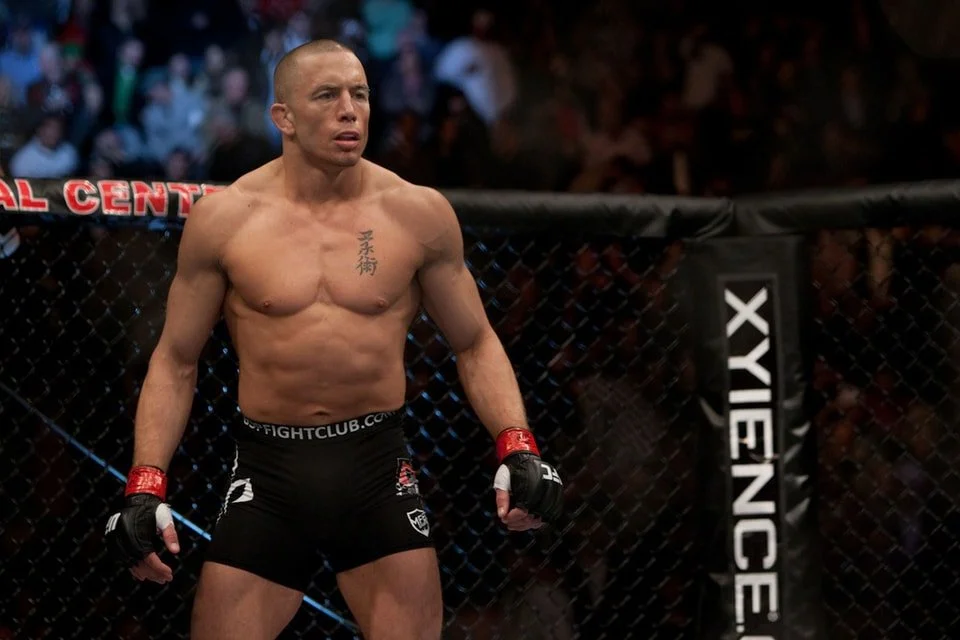3 Things I know for sure about training fighters
MY STORY
Two years ago, I embarked on a journey from my hometown to Amsterdam. In Prague, the majority of my clientele consisted of young athletes – amateur and semi-professional fighters (grapplers, boxers, and MMA fighters), soccer players, and basketball players with dreams of greatness. Leaving this behind, I moved to the Netherlands. Amsterdam ushered in a new chapter, with my clients now predominantly consisting of accomplished corporate professionals and entrepreneurs. This shift brought a fresh perspective, yet my hands were itching to work with some athletes again. Recently, fate intervened when two fighters sought my guidance. It instantly reminded me how exciting it is to work with athletes of any kind, especially fighters, and also how interesting and different the programming for an athlete is.
The training of athletes often takes two forms. One is the frenetic cross-fit style, characterized by a circuit of random exercises, often performed with minimal weight, no rest, and poor technique. This approach often leads to complete exhaustion and is oddly considered a success if it results in vomiting. The other approach resembles a circus performance, involving balancing acts on bosu balls, medicine ball throws, excessive plyometrics, and occasional landmine weightlifting. However, fighters aren't cross-fitters or circus performers. Their training requires a more focused approach.
1. OVER-CONDITIONING
Observing fighters in training or speaking to their coaches, I've noticed an excessive emphasis on general conditioning that isn't specific to fighting. This often involves circuit training or long-distance runs. While these techniques help develop work capacity and an endurance base, most fighters beyond the beginner level already possess this base. Subjecting athletes to high volumes of endurance work, especially close to a fight, diminishes their recovery rate and raises cortisol levels, hampering overall recovery and mental well-being. My belief is that most fighters don't gas out in a fight due to insufficient conditioning, but rather because of being overworked, tired, and over-conditioned. The key to improved conditioning lies in a combination of sport-specific training (light sparring, drills, and pad work) and targeted energy system training with moderate to low volume.
2. IMPORTANCE OF STRUCTURAL SYMMETRY
Fighting is a sport with very specific demands. Most of the throws, kicks, or takedowns consist of internal rotation of both hip and shoulders and happen in a sagittal plane. The issue isn't solely about posture adapted to fighting, which is often the main focus of physiotherapists (rounded upper back, internally rotated shoulders, tight chest). It's about addressing strength imbalances and structural issues that lead to injuries and reduced force production. The more structurally balanced you are, the more resilient and powerful you can be. You can simply test this hypothesis by visiting a gym and noting the number of fighters with shoulder and lower back pain. This discomfort often arises not just from throwing a lot of punches (which is usually the simplified reasoning followed by recommended rest and “taking it easy for a couple of weeks”) but from inadequate external rotation strength compared to internal rotation of the shoulder and over-worked anterior chain compared non-existent posterior chain development (big quads, no hamstrings, no glutes). Structural balance is a key to longevity and improved sports performance.
3. STRENGTH AS A FOUNDATION
Power is paramount in fighting, requiring the ability to generate great force (F) at maximum velocity (V). Whether it's a powerful punch, kick, or takedown, both speed and strength are essential. Athletes often prioritize speed and explosiveness, neglecting the development of a solid strength foundation. While plyometrics, ballistic, and explosive training have their place in training, the development of strength should always be a top priority. Fighters may not be powerlifters, but a foundational level of strength is crucial for developing other strength qualities like speed, explosiveness, or rate of force development. What do I consider the minimum baseline level of strength for an athlete? 125%,100%,150% of your bodyweight for chin, close grip bench press, and Olympic squat for 5-8 repetitions with 4010 tempo. Of course, these figures are approximate guidelines that adjust based on factors like sex, sport, and weight class.
BASICS ARE THE BASICS
In the ever-evolving world of fighter training, these insights stand firm, providing a foundation for optimizing performance, minimizing injuries, and nurturing potential. As I reflect on my journey from Prague to Amsterdam and my encounters with diverse clients, I remain convinced that understanding and tailoring training to fighters' unique needs is not only an art but a science, cultivating a harmony between strength, skill, and resilience.
